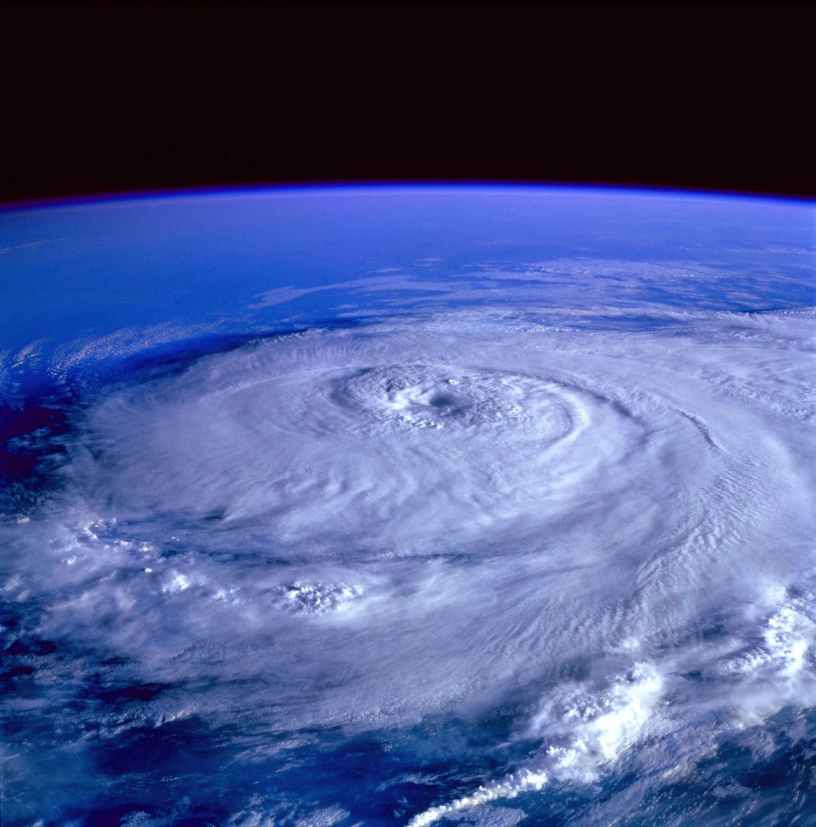Every year, come July or August, when weathermen and weatherwomen pull out their goulashes in preparation for hurricane season, coastal folks start gathering sandbags, gassing up their generators, and tuning into their local news channels for the most up to date forecasts and predictions. The Saffir-Simpson scale is used to determine the strength of tropical storm systems and hurricanes, rating them from Category 1 to 5, depending on the sustained wind speed. Storms rated as a Category 3 or higher are considered major hurricanes because of their threat for significant damage or loss of life. The higher the Category, the more costly the storm. In 2008, Hurricane Ike hit Texas as a Category 2 hurricane costing $29.25 billion. Then, in 2012, Hurricane Sandy, also known as “Superstorm Sandy,” ravaged the northeastern US, though it made landfall in New Jersey as a post-tropical cyclone. Sandy did $50 billion in damage. However, the most costly storm the US has encountered was in 2005, when Hurricane Katrina devastated Louisiana, Mississippi, and southeastern Florida. Katrina weakened from a Category 5 storm to Category 3 before making landfall and did $108 billion in damage.
The strength of these storms is dependent upon several factors, including the location of onshore and offshore winds and the proximity to the eye of the hurricane, the shape of the continental shelf, and whether the hurricane makes landfall at high tide or low tide. From Texas to Maine, Category 1 hurricanes have historically made landfall most frequently accounting for 121 of 292 total hurricanes. There have been 35 storms to reach Category 5 documented, however they are the most rare, with only five making landfall.

Over the past few years, with Hurricane Matthew and Hurricane Florence, residents are hitting the grocery stores and stocking up on bread and bottled water to prepare for hurricanes each year. With bare shelves and insane lines at gas stations; policemen, firemen, first responders and national guard soldiers are packing their bags, kissing their loved ones goodbye and heading towards the chaos. As residents evacuate or choose to bunker down, these first responders and soldiers join their compadres from FEMA and wait… Local hospital employees shelter in place to care for the members of their community, whether residents are injured during the storm or if they had a pre-existing condition, or respiratory or cardiac troubles. The pharmacy staff prepares ahead of time to ensure the proper medications are available during this time of need. These first responders see the calm before the storm, the beginning, the middle, the end… and the aftermath.
They see despair, destruction, gratefulness, selflessness and hope. They rescue residents from flooded cars and homes, pull people from the rubble, transport them to local hospitals for medical care and to local shelters for food and a roof over their heads. Then, once the storm has passed… with extraordinary strength and pride, the residents of the devastated community come together, united for one cause… to rebuild.

Awsome post and right to the point. I am not sure if this is actually the best place to ask but do you folks have any thoughts on where to hire some professional writers? Thanks 🙂
LikeLike